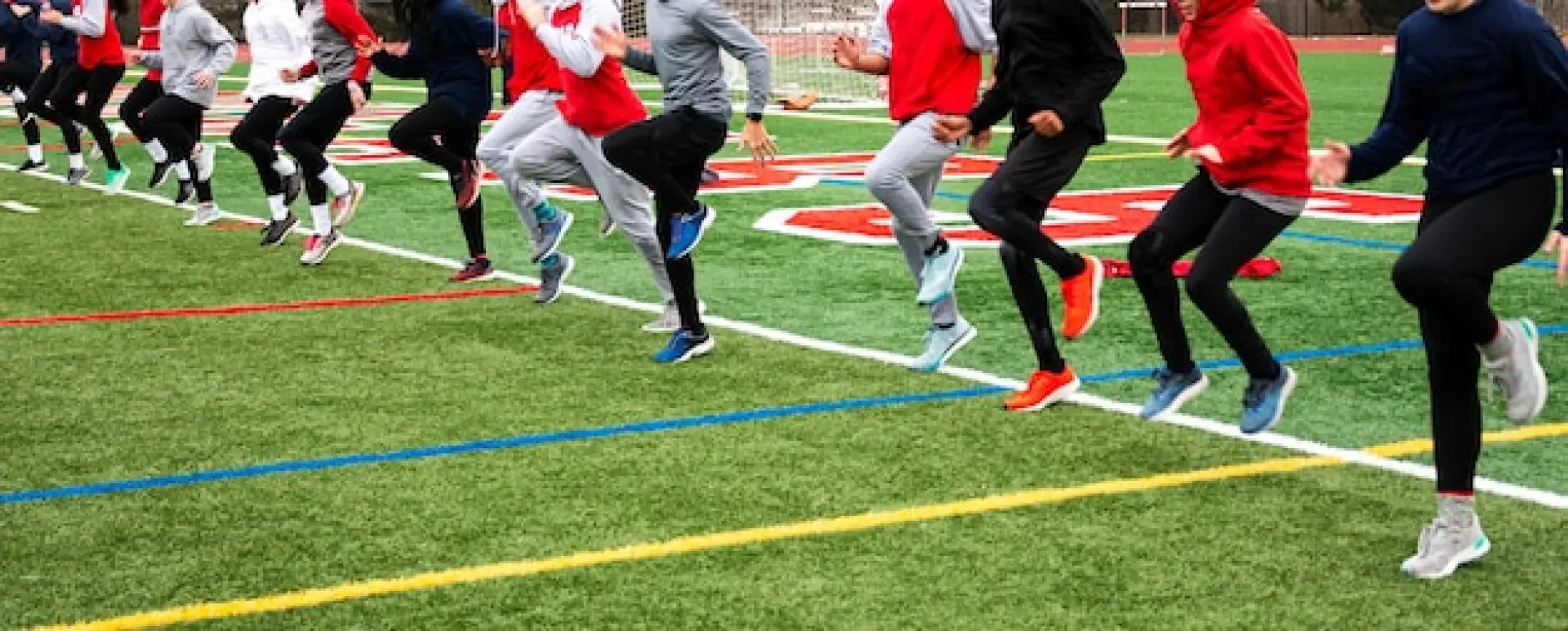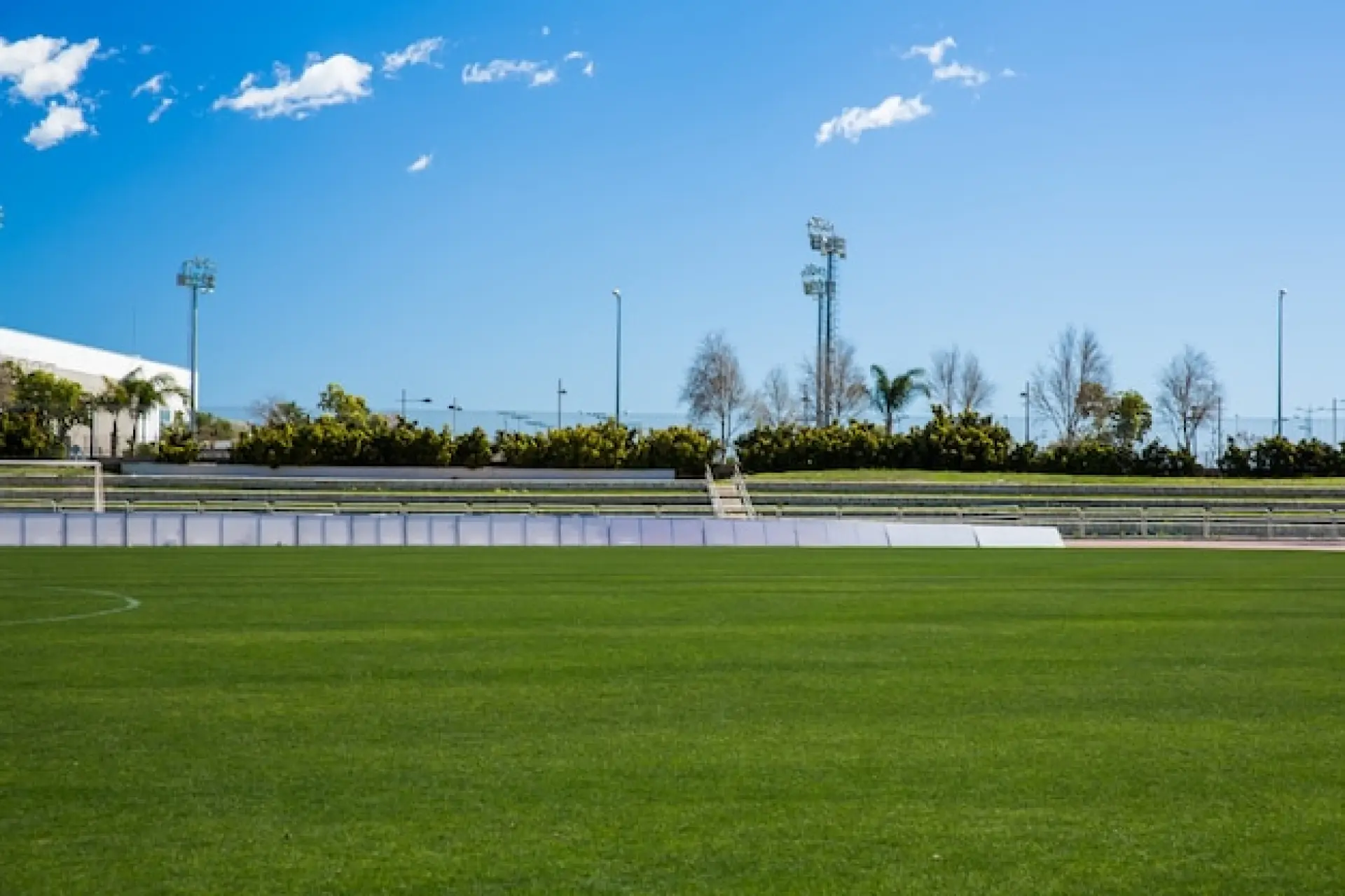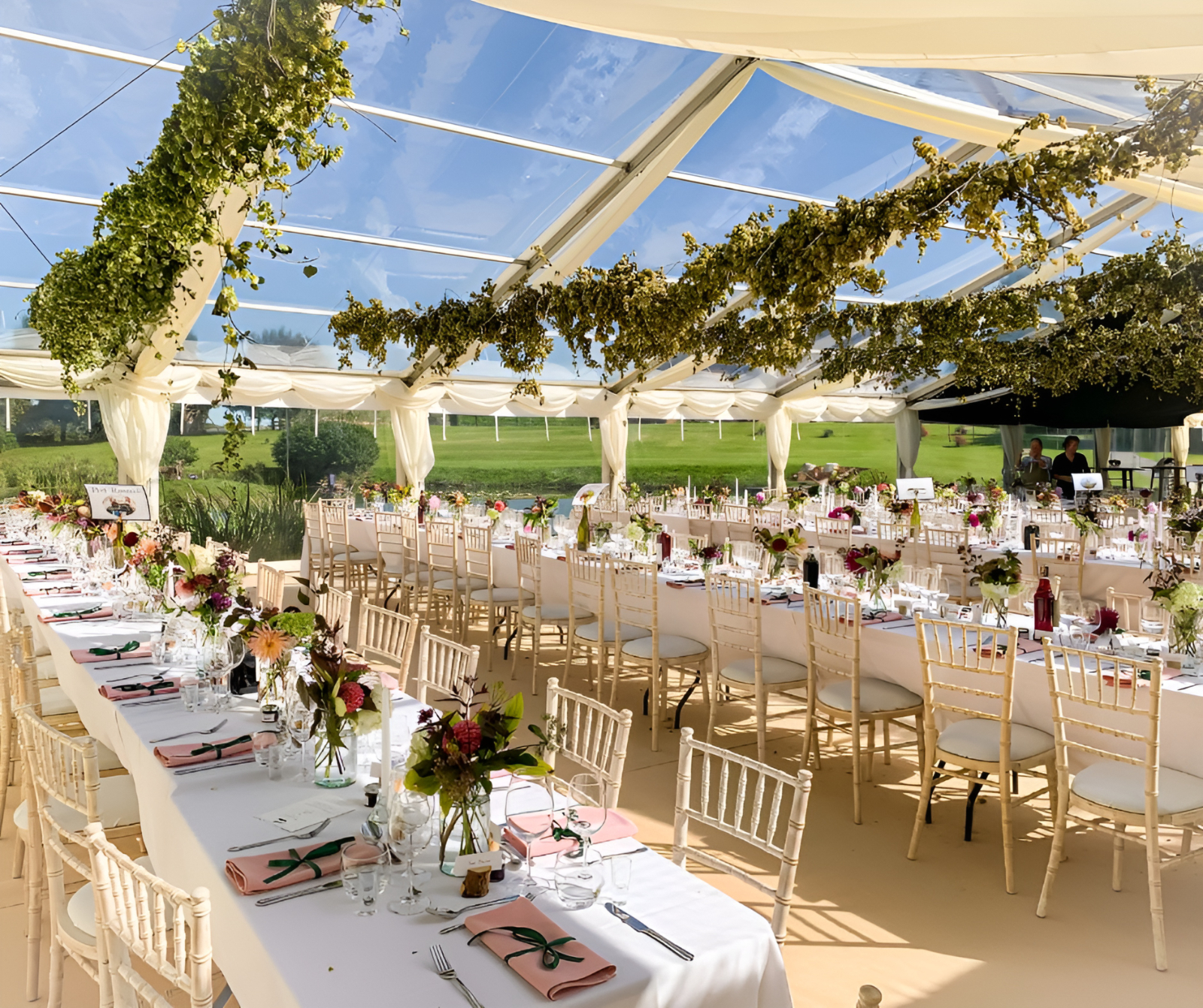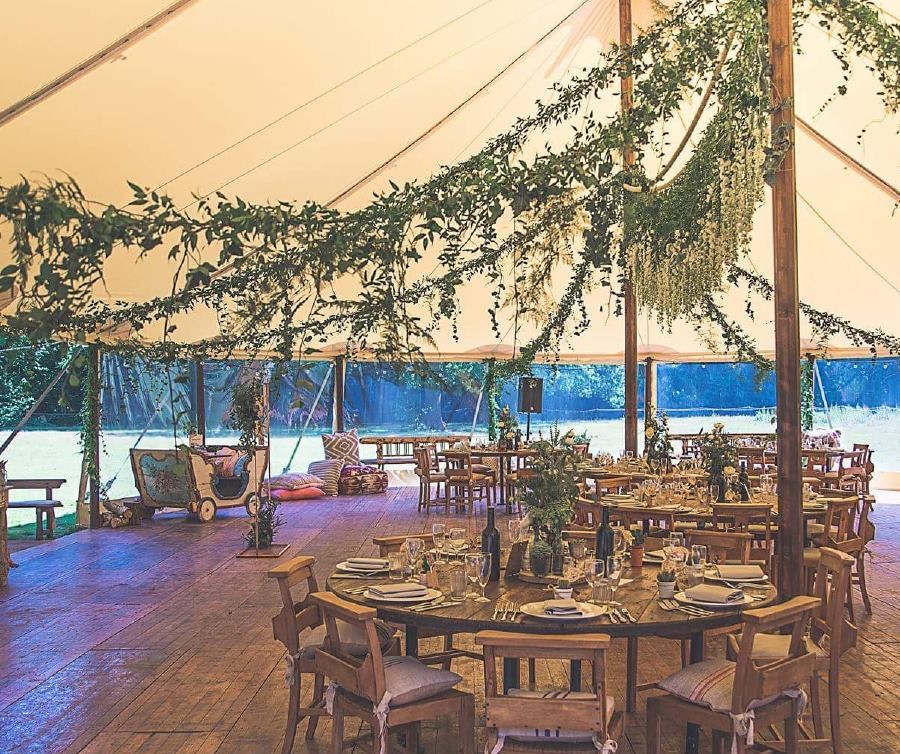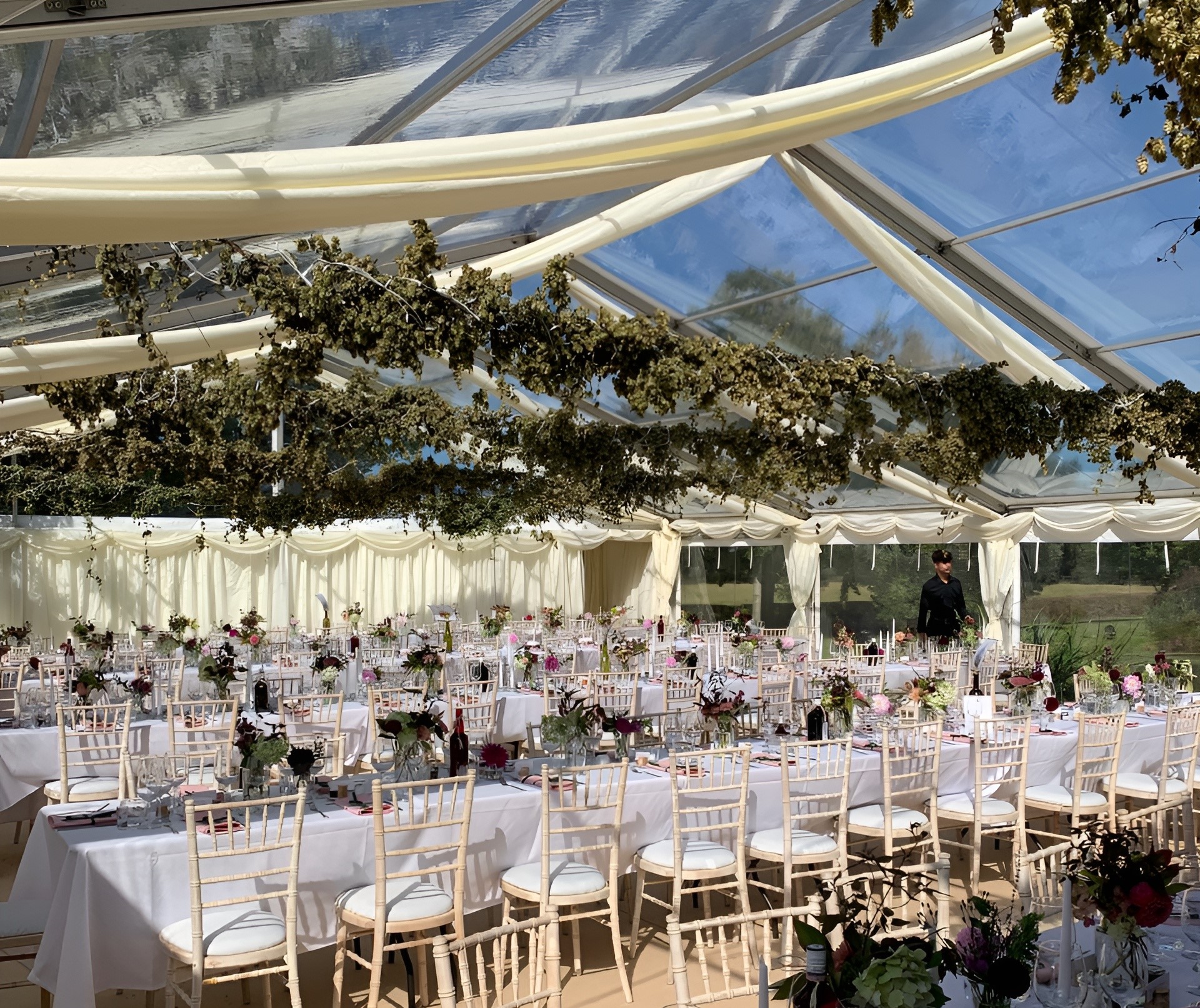Big sporting events need lots of space for players, fans, and staff. We explore the role of temporary sports structures in major sporting events.
Temporary sports structures help by creating extra seating, changing rooms, and media areas quickly. These structures make events possible in different locations while being flexible, cost-effective, and sometimes even eco-friendly.
Why Temporary Structures Are Essential for Major Sporting Events
Major sporting events bring thousands of people together, requiring large venues with seating, facilities, and storage space. However, not all stadiums or sports grounds are big enough to handle such large crowds. That’s where temporary sports structures come in.
Temporary structures are built for short-term use and can be removed when the event is over. They help create extra space without the need for permanent construction, making them a great solution for events like the Olympics, the World Cup, and the Commonwealth Games.
One key benefit is cost-effectiveness. Building a brand-new stadium or sports facility is expensive and takes years, while temporary structures can be set up quickly at a lower cost. They also allow for flexibility, meaning an event can be hosted in different locations without worrying about permanent infrastructure.
Another major advantage is that these structures can be designed to fit various needs. They can be used for additional seating, media centres, hospitality suites, and even athlete rest areas. Without them, many major events wouldn’t be possible or would be too expensive to run.
From huge fan zones to simple tents for first-aid stations, temporary sports structures play a vital role in making big sporting events happen smoothly and efficiently.
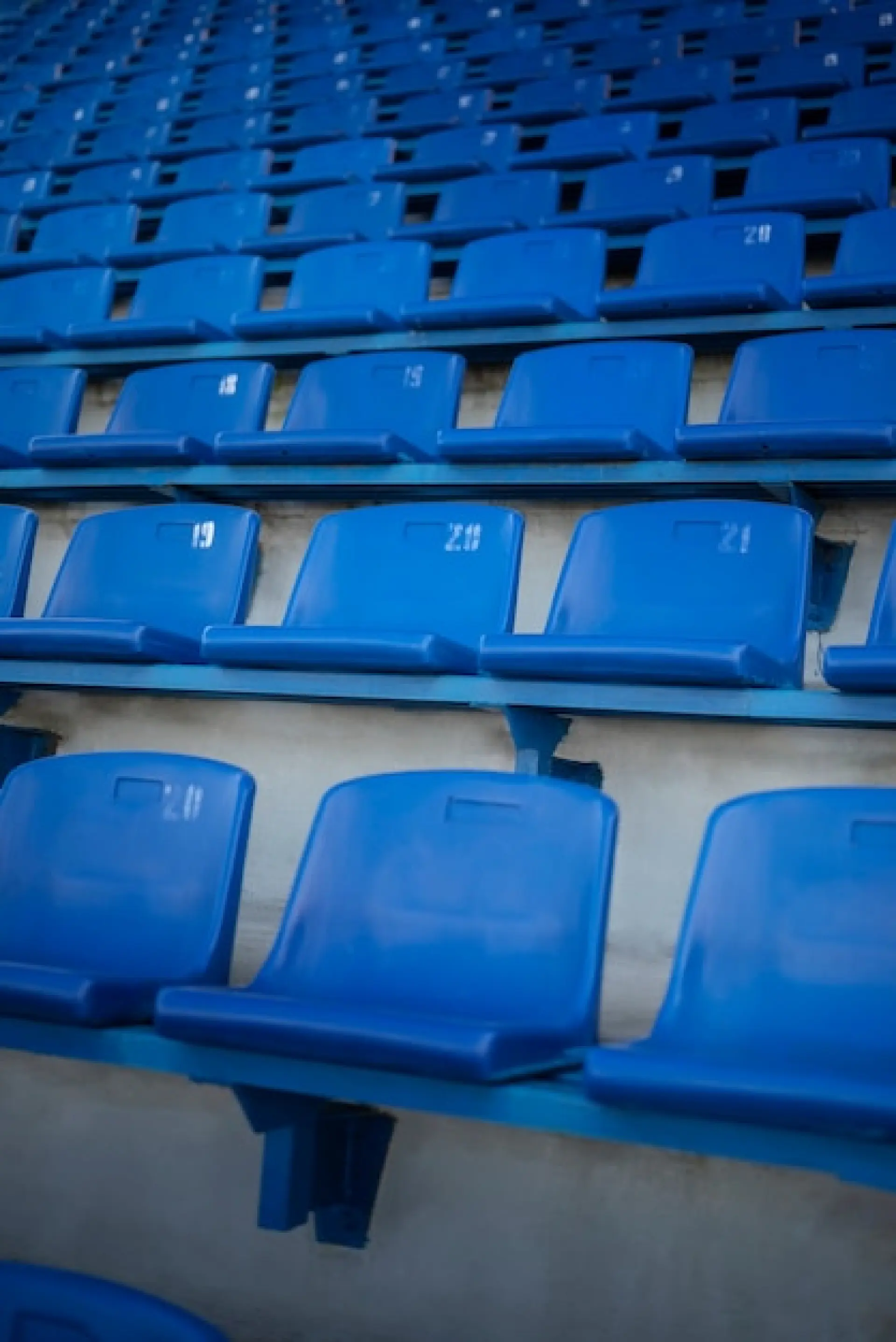
Types of Temporary Sports Structures Used in Large Events
Temporary sports structures come in many different forms, depending on the event’s needs. These structures provide essential facilities for players, spectators, media, and staff. Here are some of the most common types used in major sporting events:
Temporary Grandstands and Seating
Large sporting events attract thousands of fans. Temporary grandstands and seating areas are set up to accommodate spectators in places where there isn’t enough permanent seating.
These stands can be customised to fit the venue and easily removed after the event. They are made from lightweight but strong materials, ensuring safety and comfort for visitors.
Tents and Pavilions
Tents and pavilions are commonly used for hospitality areas, merchandise stands, media centres, and athlete resting zones.
They come in different sizes and can be equipped with lighting, heating, and air conditioning to keep guests comfortable.
Many major events, like Wimbledon or Formula 1 races, use luxury pavilions to host VIPs and sponsors.
Modular Sports Halls and Arenas
For some events, entire competition venues are built using modular structures. These include indoor courts, swimming pools, and training centres.
They are particularly useful for multi-sport events like the Olympics or the Commonwealth Games, where different sports require different facilities. Once the event is over, these halls can be dismantled and relocated or repurposed.
Temporary Changing Rooms and Restrooms
Athletes and spectators need proper facilities, so changing rooms, restrooms, and shower areas are often set up in temporary structures. These buildings can be placed anywhere and designed to provide a comfortable and hygienic environment for athletes before and after their competitions.
With these different types of structures, event organisers can transform any location into a world-class sporting venue, ensuring that every competition runs smoothly.
How Temporary Structures Enhance Event Logistics
Managing a major sporting event is a huge task. Organisers must ensure that everything runs smoothly and efficiently. Temporary sports structures play a big role in improving event logistics.
First, they help with crowd control. Sporting events often have tens of thousands of fans, and proper seating, walkways, and waiting areas are essential. By adding temporary grandstands, barriers, and entry points, organisers can control the flow of people, reducing overcrowding and making the event safer.
Second, temporary buildings provide essential spaces for media and broadcasting teams. Events like the Olympics and the FIFA World Cup rely on live coverage. Temporary media centres allow journalists and TV crews to set up equipment, work comfortably, and report on the event in real time.
Another key benefit is the ability to create flexible and adaptable spaces. Whether it's a last-minute need for extra changing rooms or a larger medical station, temporary structures can be quickly installed and adjusted. This helps event planners respond to unexpected situations, like bad weather or increased ticket sales.
Finally, these structures make it easier to transport and store equipment. Athletes, referees, and event staff require storage areas for sports gear, uniforms, and technical equipment. Temporary storage facilities keep everything organised and easily accessible, making the event run more efficiently.
By improving organisation and reducing delays, temporary structures help ensure that major sporting events are enjoyable for both athletes and fans.
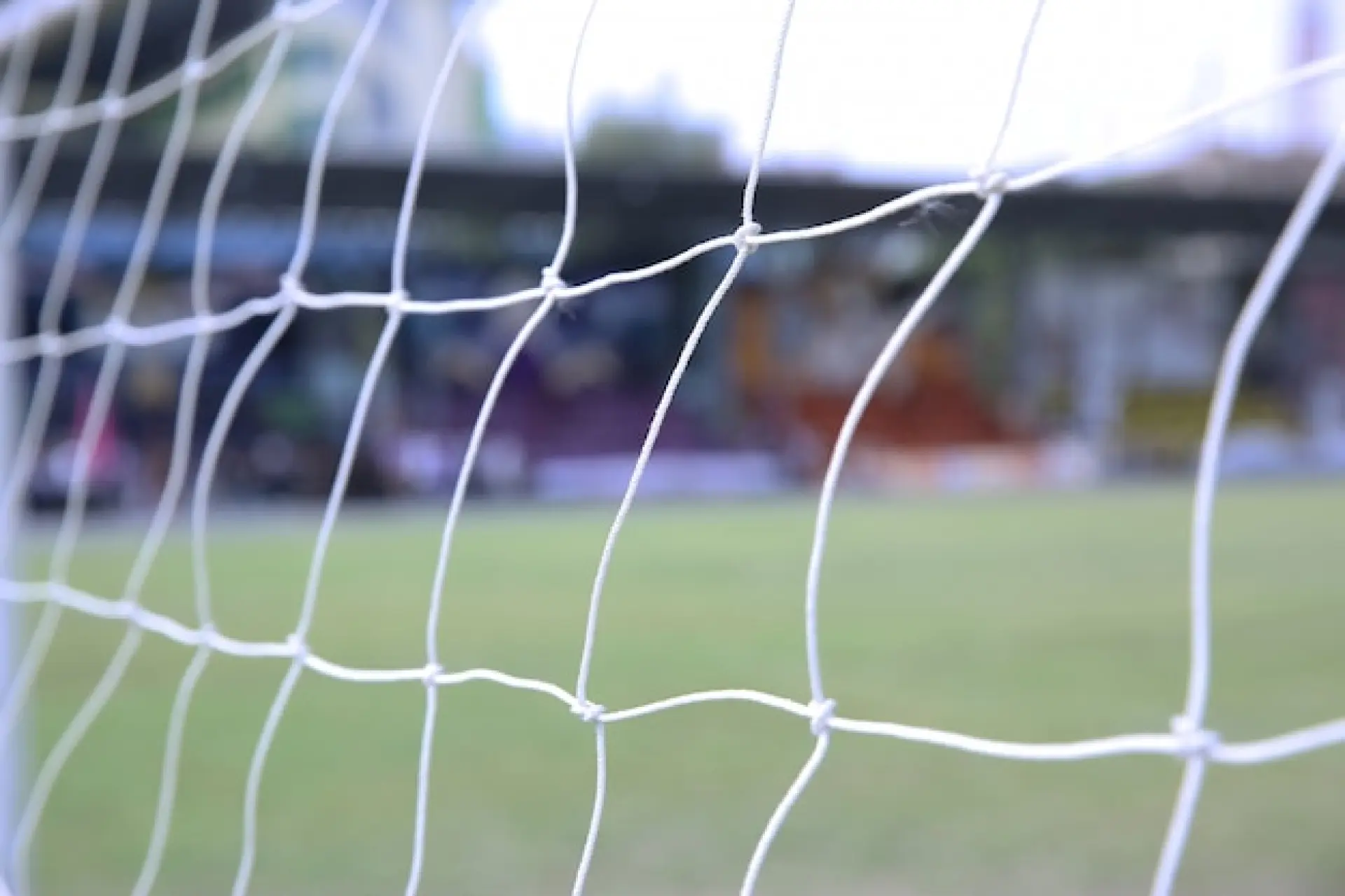
Flexibility and Scalability for Different Sports and Locations
One of the biggest advantages of temporary sports structures is their ability to adapt to different sports and locations. Every sporting event has unique requirements, and these structures allow organisers to customise venues to suit each competition.
For example, tennis tournaments need multiple courts for different matches. Temporary modular courts can be built in various locations and sizes, depending on the number of players and spectators. In contrast, a marathon event might require temporary rest stops, medical stations, and hydration points spread across the city.
These structures are also scalable, meaning they can be expanded or reduced depending on the size of the event. A small local football tournament might need only a few stands and tents, while an international event like the Rugby World Cup could require thousands of extra seats, VIP lounges, and hospitality areas.
Another key benefit is that these structures can be used in any environment. Whether it's a beach volleyball competition, a mountain cycling race, or a Formula 1 event, temporary structures can be set up on different terrains without damaging the natural surroundings.
By offering customisable, scalable, and location-friendly solutions, temporary sports structures allow events to take place anywhere in the world, making sports more accessible to fans everywhere.
Sustainability and Eco-Friendly Temporary Structures
As the world becomes more focused on protecting the environment, major sporting events are adopting eco-friendly temporary structures. These buildings help reduce waste, save energy, and lower the event’s carbon footprint.
Recyclable and Sustainable Materials
Many modern temporary sports structures are made from recyclable materials like aluminium, steel, and biodegradable fabrics. Unlike permanent buildings, which often require large amounts of concrete and resources, temporary structures can be reused or repurposed. This reduces the amount of construction waste and helps make sporting events more sustainable.
Some structures even use natural or locally sourced materials, such as bamboo or reclaimed wood, to lower their environmental impact. By reducing the need for new materials, these buildings help conserve natural resources.
Solar-Powered and Energy-Efficient Designs
Energy use is a big concern for major events. Many temporary buildings now include solar panels to generate electricity, reducing reliance on fossil fuels. LED lighting and energy-efficient cooling and heating systems also help to lower power consumption.
Some structures are designed with natural ventilation and daylighting, reducing the need for air conditioning and artificial lighting. These features make temporary venues more environmentally friendly and cost-effective.
Water Conservation Systems
Sporting events require a lot of water for restrooms, athlete showers, and drinking stations. Temporary structures can include rainwater collection systems, which store and filter water for reuse.
Some venues also use low-flow toilets and taps, reducing unnecessary water waste.
Reducing Transport and Construction Emissions
Building permanent stadiums requires heavy machinery, trucks, and construction materials, which can increase carbon emissions.
Temporary structures, on the other hand, are often prefabricated, meaning they can be transported and assembled with minimal environmental impact.
By focusing on green building solutions, sporting events can continue to grow while reducing their impact on the planet, making sports more sustainable for future generations.
Are you looking for temporary sports structures for your school or university? We provide a range of high-quality, flexible solutions to suit training, competitions, and sporting events. Whether you need inflatable domes, marquees, or steel-framed sports halls, our expertly designed structures offer the perfect space for athletes and students.

